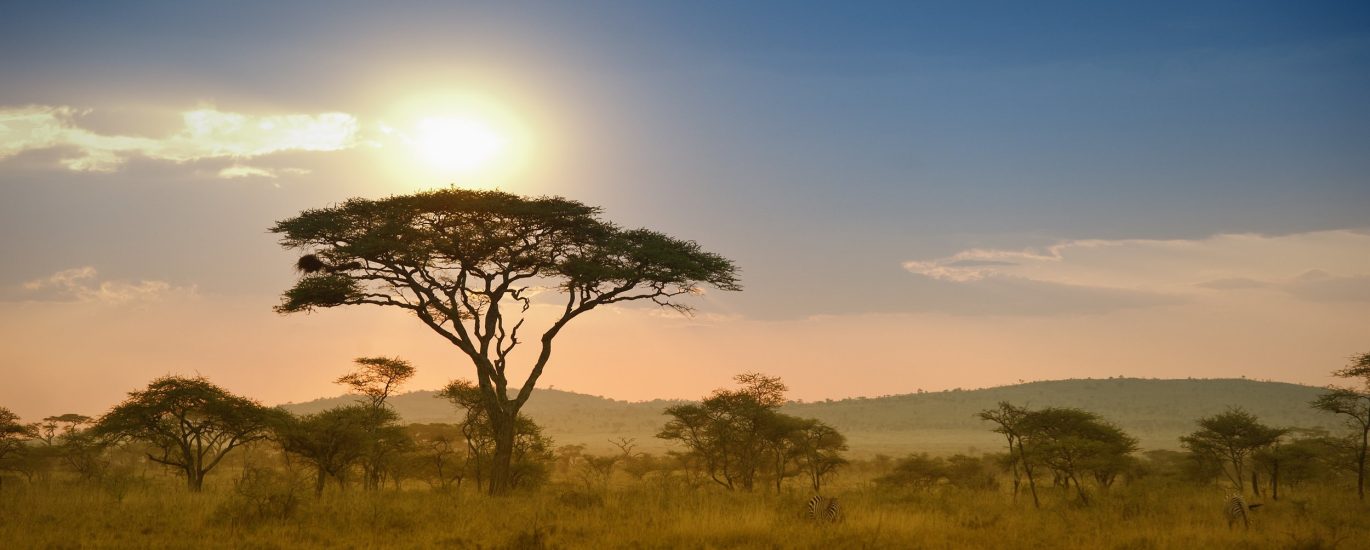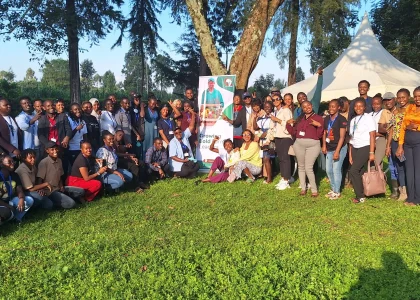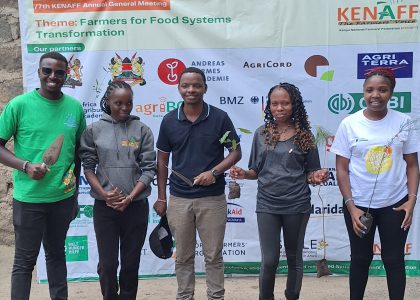Climate change is one of the most critical issues facing the globe today. Climate change results in changes in temperatures and a shift in weather patterns which then affects the lives of humans in many ways, such as through an increase in temperatures and heat, widespread droughts, hurricanes, and flooding. Drought and famine are straightforward examples of the effects of climate change. In countries that engage in subsistence agriculture and rely heavily on weather patterns, climate change causes considerable effects such as a decline in economic production, loss of lives, and increased food insecurity. The region around the horn of Africa, such as Kenya, Ethiopia, and Somalia, is one such region that experiences the adverse outcomes of climate change.
In the Horn of Africa region, agriculture and food production are characterized by poor farming methods, limited use of modern technology in farming, and overreliance on weather patterns. Consequently, this results in low agricultural productivity, which is often unsustainable, considering the region’s total population. Agriculturalists must have proper timing of the weather patterns to avoid loss and destruction of food products by harsh or extreme weather conditions. Climate change has significantly affected food production in this region through low yield after harvesting, reduction of agriculturally productive acreage or arable land, and destruction of food while still in the field before harvesting. This has resulted in numerous adverse outcomes for the region.
Climate change causes a shift in weather patterns which causes issues such as desertification. The desertification of large land masses results in a widespread reduction of arable land, which means that agricultural production can only be undertaken in limited areas and limited capacities. Subsequently, the production in these lands is significantly reduced and becomes unsustainable. Food insecurity arises and is evidenced by an increase in the prevalence of malnutrition and other food-related diseases, which is one of the most dire outcomes of food insecurity in the region due to climate change.
The governments and economies in and around the Horn of Africa, such as Kenya, Ethiopia, and Somalia, are therefore required to spend a considerable proportion of their budget to treat and eradicate nutrition-related diseases, thus affecting the whole economy. In extreme conditions, the outcome of this shortage is sometimes the death of many people due to starvation. In addition, the increase in diseases and hunger limits the productivity of the working population. When the population is starving or has malnutrition, they cannot perform their tasks or jobs optimally, affecting their productivity. Further, the family and community members spend their time looking for food and water; therefore, they cannot participate in other development-oriented activities. This translates to economic loss for the whole economy.
Food insecurity in the Horn of Africa region also causes a drastic rise in general insecurity and social evils. As an outcome of climate change, desertification reduces water and pasture for the livestock reared in the region. Consequently, the pastoralist communities in the area are forced to engage in community or tribal wars for the limited resources for their communities through banditry and cattle rustling. These wars result in the death of people and livestock and the destruction of property.
There need to be collaborative actions by government agencies in these regions, nongovernmental and philanthropic organizations, and other international agencies such as the World Food Organization (WFO) that are geared towards increasing the productivity of the arable lands in the region. Additionally, international policies that promote an end to climate change need to be adopted globally.
In an effort to build climate resilient communities, WingFarm we are dedicate to promote identification and dissemination of climate smart technologies and innovations
that enhance community resilience






